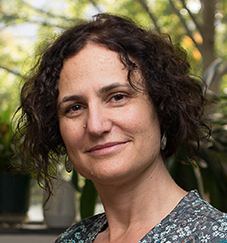How long should the handle of your spoon be so that your fingers do not burn while mixing chocolate fondue? Can you find a shape that has finite volume, but infinite surface area? How does the weight of the rider change the trajectory of a zip line ride? These and many other questions can be answered by harnessing the power of the integral.
But what is an integral? You will learn to interpret it geometrically as an area under a curve, and discover its connection to the derivative. You will encounter functions that you cannot integrate without a computer and develop a big bag of tricks to attack the functions that you can integrate by hand. The integral is vital in engineering design, scientific analysis, probability and statistics. You will use integrals to find centers of mass, the stress on a beam during construction, the power exerted by a motor, and the distance traveled by a rocket.
Calculus is a series of the following three modules:
18.01x Calculus 2B: Syllabus:
- Modeling the Integral
- Differentials and Antiderivatives
- Differential Equations
- Separation of Variables
- Theory of Integration
- Mean Value Theorem
- Definition of the Integral and the First Fundamental Theorem
- Second Fundamental Theorem
- Applications
- Areas and Volumes
- Average Value and Probability
- Arc Length and Surface Area
- Techniques of Integration
- Numerical Integration
- Trigonometric Powers, Trig Substitutions, Completing the Square
- Partial Fractions, Integration by Parts
This course, in combination with Part 1, covers the AP Calculus AB curriculum.
This course, in combination with Parts 1 and 3, covers the AP Calculus BC curriculum.


